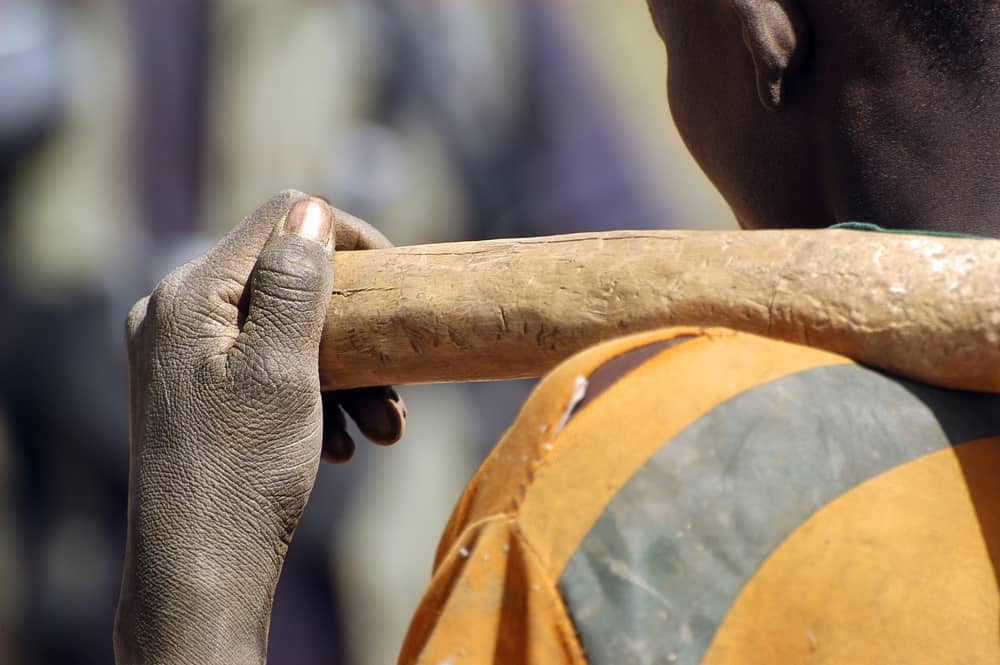
Though the concept of blockchain could not be any simpler, the same cannot be said of its adoption, as it requires stakeholders along the supply chain to work together. This has led to numerous trials by companies large and small, some skepticism and few commercial blockchain applications in use at this time.
Nonetheless, some situations warrant immediate intervention, as traditional operations fail to provide accountability or are extremely opaque processes that are economically unviable. An example is the sourcing of cobalt, a trace element mined in the depths of the Democratic Republic of Congo (DRC) – a country that has 60 percent of the world’s known cobalt reserves.
The focal point of the issues that stem from mining cobalt is not the supply chain complexities. It has more to do with the impact the mining creates on the environment and the appalling human rights violations that exist in what is one of the poorest nations on the planet. Cobalt is an expensive element, and this tempts the impoverished locals to work in mines, often extracting the ore without gloves or masks.
Companies in the DRC mining business are also known for employing underaged children, a practice that is vehemently opposed by human rights’ activists, but is covertly done all the same. It is here that blockchain could be used, forcing the mines to come clean on their practices and bringing greater accountability to the cobalt supply chain.
Cobalt is a small but necessary “ingredient” in the lithium-ion batteries that power electric vehicles (EVs), making its mining very important to the original equipment manufacturers of EVs. As an increasing number of consumers clamor to replace gasoline-powered cars with their electric counterparts, a consistent and predictable supply of cobalt is critical to satisfying that demand.
Ford Motor Company is taking the first steps to increase transparency in the mining process, by using blockchain to trace and validate cobalt production process – a way to curb illegal practices and willful exploitation. Ford is working with Huayou Cobalt, IBM, RCS Global, and LG Chem for this blockchain pilot. The pilot program has been built atop IBM’s blockchain platform powered by Linux’s Hyperledger Fabric and its users are established at every node across the supply chain.
“We remain committed to transparency across our global supply chain. By collaborating with other leading industries in this network, our intent is to use state-of-the-art technology to ensure materials produced for our vehicles will help meet our commitment to protecting human rights and the environment,” said Lisa Drake, vice president of global purchasing and powertrain operations at Ford.
The pilot will create an immutable ledger that tracks cobalt produced at Huayou’s mine site, which would then move to the smelters of LG Chem in South Korea (cobalt is a by-product of copper production), finally making its way to a Ford production plant in the U.S.
The network would follow the sourcing standards developed by the Organisation for Economic Cooperation and Development (OECD). The pilot is expected to run for the next few months until mid-2019. Upon successful completion, the program will be expanded to include other battery metals and raw materials, including minerals such as tantalum, tin, tungsten, and gold – as many of these elements are sourced from conflict regions or are burdened by the weight of crony capitalism.
That said, blockchain is not a solution that would be tailor-made to every supply chain issue that exists. The technology is still nascent and needs to be proven before it can be a viable alternative to the traditional methods of storing and sharing data across supply chains. And it is in this capacity that organizations like the Blockchain in Transport Alliance (BiTA) would be of use, as it brings together hundreds of companies working in the logistics and transportation space, helping channel efforts and creating open standards for a more seamless blockchain adoption.







